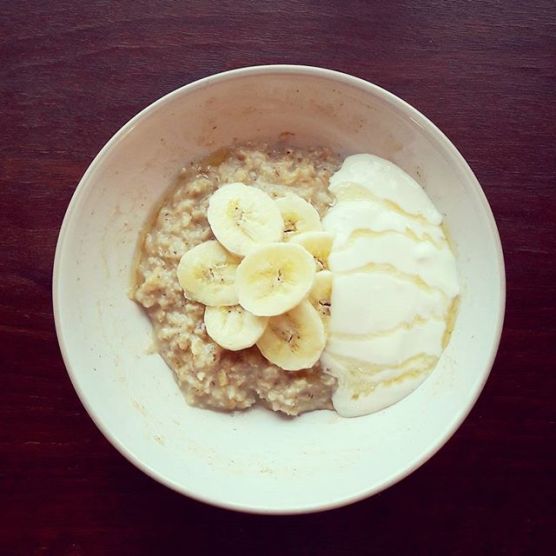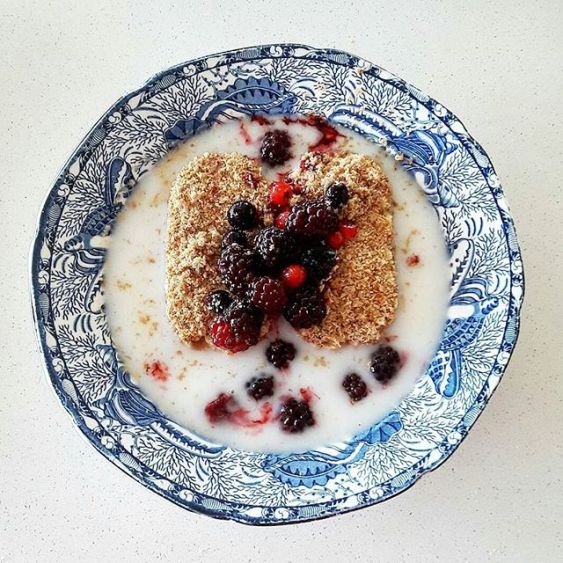Is it just me or does everybody seem to be ill right now? Colds, flus, sick bugs…everybody seems to have one! My brother’s got a particularly bad case of tonsillitis right now, so with him in mind, I came up with this flu-fighting soup packed full of all those brilliant vitamins and minerals to help you get back on the mend, or even to protect you from getting the viruses themselves! Even if you’re not ill, this is some great comfort food that will make you feel all warm and fuzzy inside — totally hygge! Oh, and did I mention this dish is 100% vegan and jam packed with protein?

Ingredients (Serves 2)
- 1 400g tin of cannellini beans or 250g of your own pre-soaked cannellini beans
- 1 bunch of kale
- 1 stick of celery
- 1 onion
- 1 garlic clove
- 1/2 a lemon
- 1 tablespoon of olive oil (or any other vegetable oil)
- 1 litre of vegetable stock
- Salt & Pepper for seasoning
Method
- Heat the olive oil in a pan over a medium heat. Finely slice the onion and celery into half rings, and add them to the pan.
- Once the onions and celery have begun to soften up, mince the garlic, then add it to the pan. The garlic must be added later, otherwise it may burn, as it takes a shorter time to cook.
- Once the vegetables in the pan have completely softened, remove the thick stems from the kale and then tear the kale into roughly 2-inch pieces. Add the kale to the pan, and give the mixture a stir.
- Add the vegetable stock and bring to a boil. Once the soup is boiling, reduce the heat back down to a simmer.
- Squeeze the juice of half a lemon into the pan, then give the soup a mix. Season with pepper, and add salt to taste. Be careful though as the stock will already be salty!
- Place the lid on the pan and simmer for 3 minutes. Then, add the drained cannellini beans to the mix, and simmer for around 4-5 minutes, or until the kale has softened and been fully cooked through.
- Serve into two bowls, and enjoy! Feel free to add your own herbs or vegetables to garnish. For example, you could add some diced avocado or chopped up parsley to make it your own!




